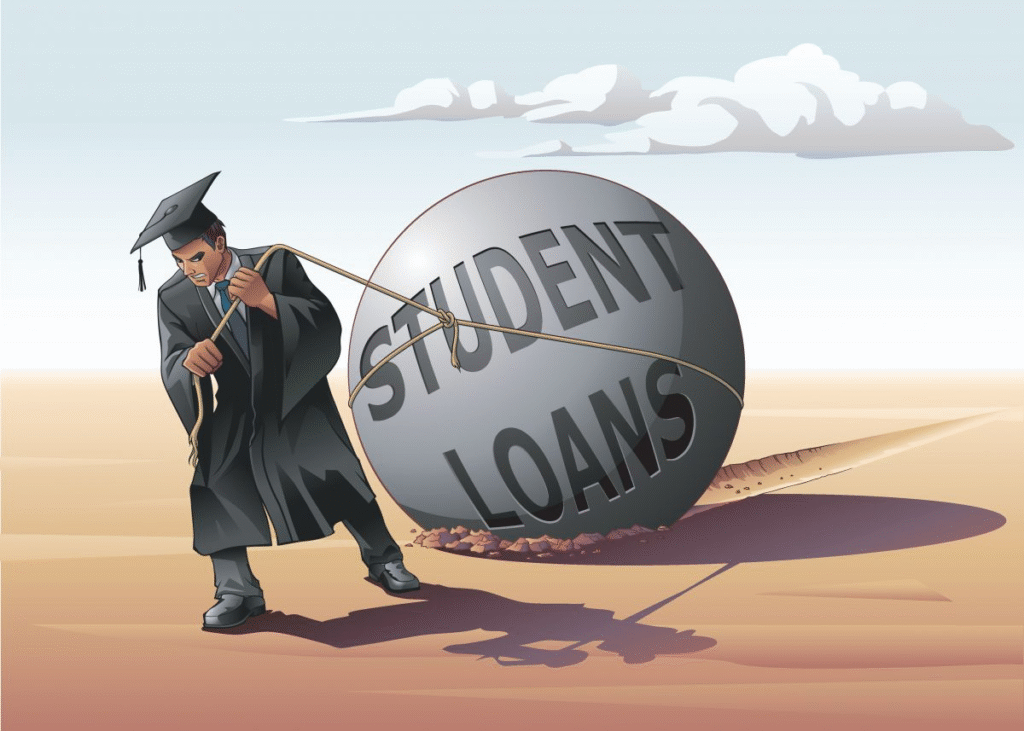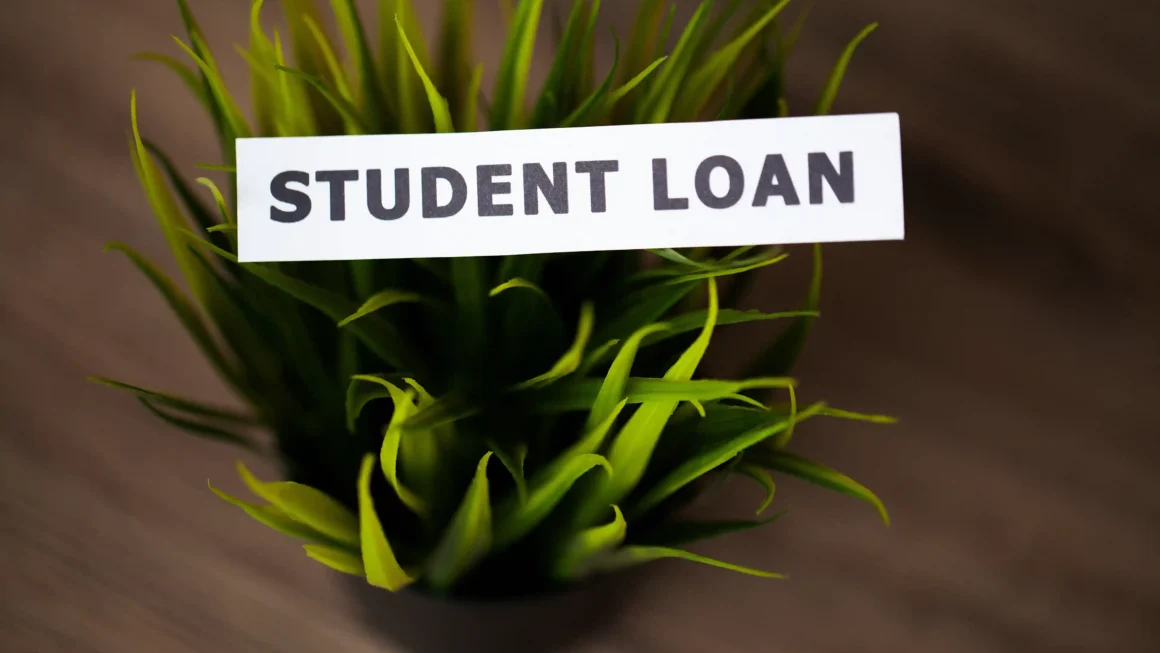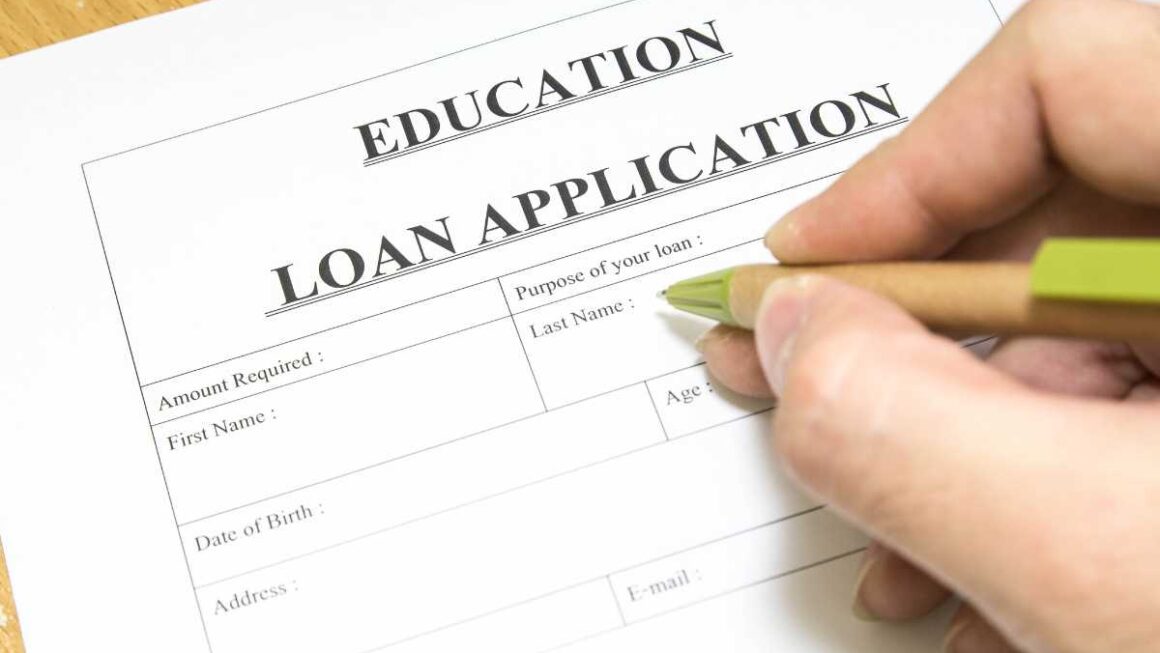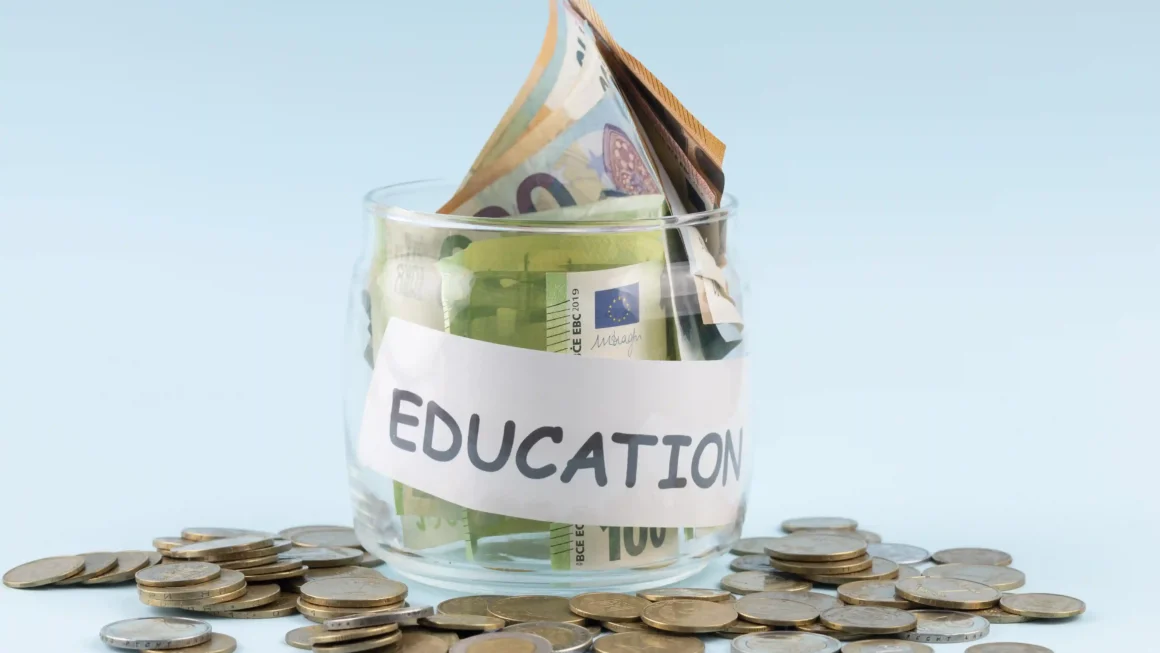In today’s rapidly evolving educational landscape, the question arises: Can student loans open doors or create debt traps? This inquiry delves into the dual nature of student loans, examining how they can serve as gateways to opportunities or, conversely, lead to financial entrapment.
Key Takeaways
- Strategic Borrowing: It’s crucial for students to borrow only what is necessary and to consider the potential return on investment in terms of future earnings.
- Understanding Terms: Before taking out loans, students should thoroughly understand the terms, including interest rates, repayment schedules, and any associated fees.
- Financial Planning: Developing a comprehensive financial plan can help manage loan repayment and avoid falling into debt traps.
- Seeking Advice: Consulting with financial advisors or utilizing resources provided by educational institutions can offer guidance in making informed decisions about student loans.
The Promise: Student Loans as Gateways to Opportunities
1. Access to Higher Education
Student loans provide individuals with the financial means to pursue higher education, which is often essential for career advancement and personal growth. Without such loans, many would find it challenging to afford tuition fees and related expenses.
2. Investment in Future Earnings
Statistical data indicates that individuals with higher education degrees tend to earn more over their lifetimes compared to those without. Therefore, student loans can be viewed as an investment in one’s future earning potential.
3. Building Credit History
Timely repayment of student loans can help borrowers establish a positive credit history, which is beneficial for future financial endeavors, such as purchasing a home or securing other types of credit.
The Pitfall: Student Loans Leading to Debt Traps
1. Accumulation of Debt
The burden of student loans can be overwhelming, with many graduates finding themselves in debt for extended periods. This financial strain can delay major life decisions, such as buying a home or starting a family.(reprised.com)
2. High Interest Rates
Some student loans come with high-interest rates, which can significantly increase the total amount to be repaid over time, making it more challenging for borrowers to become debt-free.
3. Limited Bankruptcy Relief

Unlike other forms of debt, student loans are notoriously difficult to discharge through bankruptcy, leaving borrowers with limited options if they face financial hardship.(teenvogue.com)
4. Impact on Mental Health
The stress of managing substantial debt can take a toll on borrowers’ mental and physical health, leading to issues such as anxiety, depression, and sleep disturbances.
Certainly! Here are 10 well-developed topic ideas related to student loans, each with a long description to help you choose a suitable one for essays, articles, or research papers:
The True Cost of Higher Education: Are Student Loans Worth the Price?”
Description:
This topic explores whether the increasing cost of college is justified by the long-term benefits of earning a degree. It examines the rising tuition fees, student loan interest rates, post-graduation employment opportunities, and return on investment. The article could analyze different majors and income projections to determine if student loans are truly a wise financial decision.
Government vs. Private Student Loans: Which One Should You Choose?”
Description:
Choosing the right type of student loan can have a lasting impact on your financial future. This article breaks down the key differences between government (federal) and private student loans, comparing interest rates, repayment options, borrower protections, and eligibility requirements. Whether you’re a first-time borrower or considering refinancing, this guide will help you make an informed decision about which loan option is right for your education and long-term financial goals.
This topic compares federal and private student loans, breaking down their pros, cons, and eligibility requirements. It could include analysis of interest rates, repayment plans, forgiveness programs, and accessibility. The goal is to help readers make informed decisions about borrowing money for college based on their personal circumstances.
How Student Debt is Reshaping Millennial and Gen Z Lifestyles”
Description:
Focusing on the sociological impact of student loans, this topic examines how debt affects major life decisions such as buying a home, getting married, starting a family, or saving for retirement. It includes real-life case studies and surveys, emphasizing how debt can delay or alter traditional life milestones for younger generations.
Student Loan Forgiveness: A Solution or a Temporary Fix?”
Description:
This article would dive deep into existing and proposed student loan forgiveness programs like Public Service Loan Forgiveness (PSLF), President Biden’s initiatives, and income-driven repayment forgiveness. It critically evaluates whether forgiveness is a viable long-term solution or just a short-term relief plan that doesn’t address systemic issues in education financing.
The Psychological Toll of Student Debt: More Than Just Financial Stress”
Description:
Going beyond numbers, this topic addresses how student loans contribute to mental health challenges, including anxiety, depression, and chronic stress. It discusses how the emotional burden can affect productivity, personal relationships, and overall quality of life. It also explores the need for financial counseling and emotional support services.
Student debt doesn’t just impact your wallet—it can weigh heavily on your mental and emotional well-being. This article explores the hidden psychological effects of carrying student loans, including anxiety, depression, chronic stress, and the long-term impact on life choices such as career paths, relationships, and starting a family. Through expert insights and personal stories, we reveal how student debt has become a mental health issue as much as a financial one—and what can be done about it.
Breaking the Cycle: How First-Generation College Students Navigate Student Loans”
Description:
This topic focuses on the unique challenges faced by first-generation college students who may lack family guidance on borrowing responsibly. It can highlight stories, data, and barriers such as financial literacy gaps, predatory lending, and lack of support systems. It also explores ways educational institutions can better support these students.
The Future of Student Loans: Will AI, Fintech, and Policy Changes Disrupt the System?”

Description:
Looking forward, this article speculates on how emerging technologies and political shifts might reform student lending. It discusses the role of fintech apps in loan management, AI-powered financial advising, and potential legislative changes. This futuristic angle can explore how student debt might look 10 or 20 years from now.
Global Perspectives: How Other Countries Manage Higher Education Funding Without Debt”
Description:
This article provides a comparative analysis of how countries like Germany, Sweden, or Australia fund higher education. It contrasts their low- or no-tuition models with the U.S. system, examining cultural, political, and economic factors. This global view can reveal alternative ways of thinking about education as a public good.
Repayment Plans Demystified: Which Student Loan Strategy Works Best?”
Description:
This topic serves as a practical guide to repayment options, including Standard, Graduated, Extended, Income-Driven, and Refinancing. It evaluates each plan with examples and scenarios, helping borrowers choose the most appropriate method based on their income, goals, and loan type.
Student Loans and the American Dream: Is It Still Attainable?”
Description:
This deeply reflective topic investigates whether student debt undermines the ideals of upward mobility and equal opportunity. It questions if education still serves as a stepping-stone to a better life, or if the burden of debt now prevents many from realizing their full potential.
From Classroom to Crisis: How Poor Financial Literacy Fuels the Student Loan Epidemic”
Description:
This topic explores the lack of financial education among students before they take out loans. It examines how minimal understanding of interest rates, compounding, or repayment structures contributes to poor borrowing decisions. The piece could suggest policy changes, high school curriculum reforms, or online tools to improve financial literacy.
The Hidden Victims of Student Debt: How It Affects Parents and Cosigners”
Description:
While much attention is given to students, this article would focus on parents and grandparents who cosign or take out PLUS loans. It could highlight the financial and emotional stress placed on families and how generational wealth is impacted when older adults delay retirement or dip into savings due to education debt.
Does the College You Choose Justify the Debt You Incur?”
Description:
A cost-benefit analysis comparing elite universities, state schools, and community colleges. It examines whether the prestige of a school truly leads to higher earnings and whether the debt is justified. Case studies and salary comparisons could make this a compelling and highly practical piece.
Student Loan Scams and Forgiveness Fraud: What Borrowers Need to Watch Out For”
Description:
This topic addresses the rise of predatory companies that target student loan borrowers with promises of forgiveness or “debt erasure” for a fee. It educates readers on red flags, legitimate resources (like studentaid.gov), and ways to report or avoid scams altogether.
Race, Inequality, and Student Loans: The Burden is Not Shared Equally”
Description:
A deep dive into how student loan debt disproportionately affects Black and Latino borrowers in the U.S. due to systemic inequality, wage gaps, and limited family wealth. This topic could integrate data, interviews, and policy discussions around racial justice in higher education financing.
Deferred Dreams: How Student Loans Delay Entrepreneurship and Innovation”
Description:
Many graduates put off starting businesses or investing in creative ventures due to loan repayments. This article could explore how debt discourages risk-taking and innovation, especially among young adults, and what support mechanisms could free entrepreneurs from the burden.
How Income-Driven Repayment Plans Can Be a Lifeline—or a Trap”
Description:
This topic explains how IDR plans work and why they are both a savior for some and a long-term trap for others. It covers interest accrual, the 20–25 year repayment periods, and the reality that many borrowers still owe more than they borrowed even after years of payments.
Are Online Degrees Worth the Loan Debt?”

Description:
With the rise of online universities and hybrid education models, this article evaluates whether the return on investment (ROI) from online programs matches their cost—especially when funded by student loans. It can include employer perceptions, salary outcomes, and cost comparisons.
Biden’s Student Loan Policies: Hope or Hype?”
Description:
A policy analysis focused on the Biden administration’s efforts to cancel, forgive, or restructure student loan debt. It includes progress made, court challenges, and a nonpartisan look at what it means for current and future borrowers. (This topic can be refreshed as policies evolve.)
Life After Loan Forgiveness: What Happens Next?”
Description:
This article explores what life is like for borrowers after they’ve had their loans forgiven—how it affects credit scores, tax obligations (if any), and mental health. It includes stories from those who’ve gone through PSLF or other forgiveness programs and how they rebuilt Financially afterward.
Want More Focused or Niche Ideas?
Let me know if you’d like:
- Topics specific to graduate vs. undergraduate debt
- Themes around international students and loans
- Suggestions tailored to financial aid officers, parents, or educators
- Topics with a policy advocacy or activism angle
Also Read :How to finance your MBA without going into debt
Conclusion
Student loans can indeed open doors to higher education and subsequent career opportunities. However, without careful planning and consideration, they can also lead to significant financial challenges. Therefore, it’s imperative for prospective borrowers to weigh the benefits against the potential risks and to approach student loans with a well-informed and strategic mindset.
FAQs
What is the average student loan debt in the United States?
As of recent reports, the average student loan debt for borrowers in the U.S. is approximately $30,000.
Can student loans be forgiven?
Under certain conditions, such as working in public service or teaching in underserved areas, some federal student loans may be eligible for forgiveness.
How can I manage my student loan repayment effectively?
Strategies include setting up automatic payments, exploring income-driven repayment plans, and considering refinancing options if applicable.
What happens if I default on my student loans?
Defaulting can lead to serious consequences, including damage to your credit score, wage garnishment, and loss of eligibility for federal student aid.
Are there alternatives to taking out student loans?
Yes, alternatives include scholarships, grants, work-study programs, and attending community colleges to reduce tuition costs.
How do student loans affect my credit score?
Timely repayment can positively impact your credit score, while missed payments can have a detrimental effect.
Can student loans be discharged in bankruptcy?
Generally, student loans are not dischargeable in bankruptcy unless the borrower can prove undue hardship, which is a challenging standard to meet.



